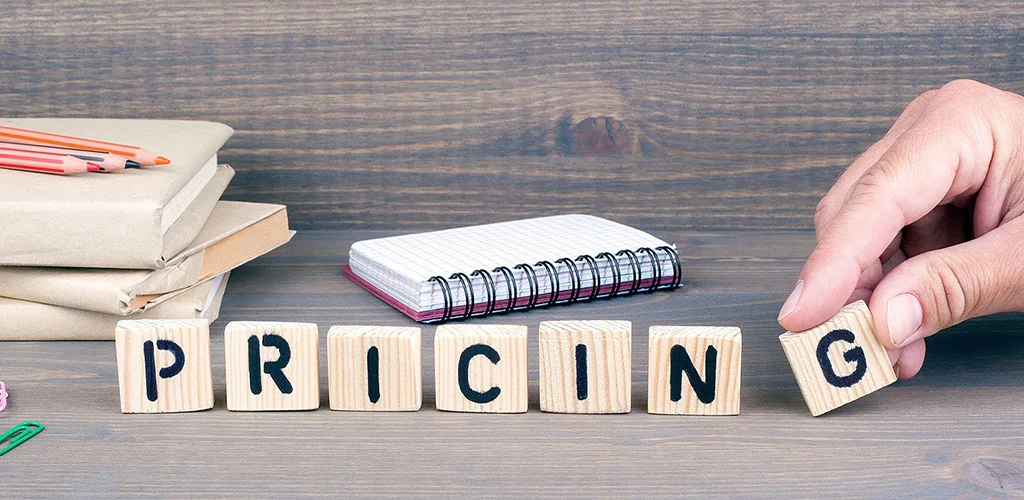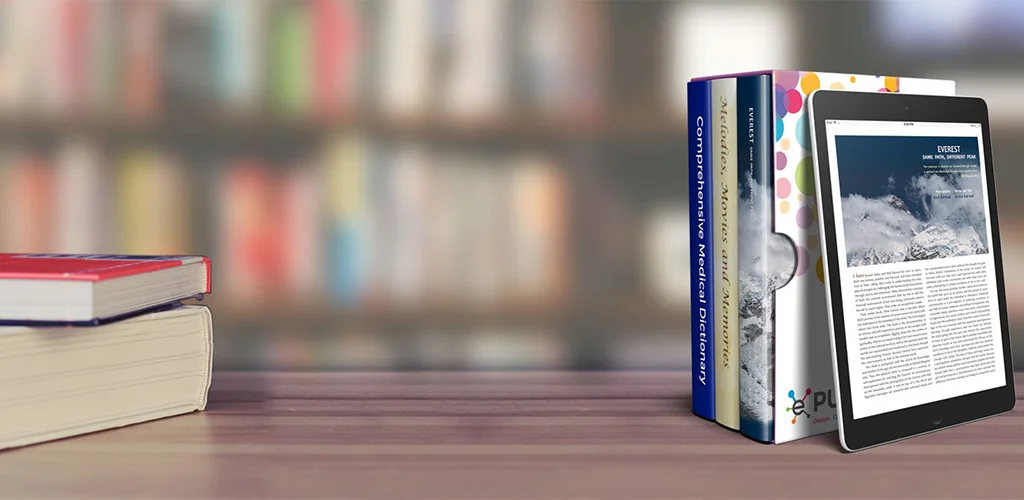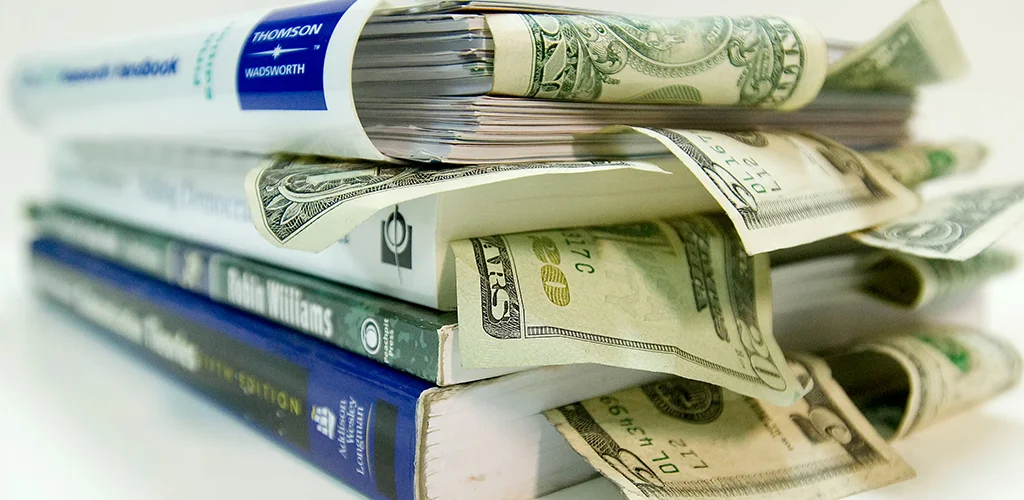Setting an effective price on your eBook is an important part of the eBook publishing process that can make a huge difference to your returns as well as the number of viewers who will get to read your eBook. The right price attracts the customers and allows your work to speak volumes.
At Book Publishings, we have been helping authors throughout the United States to price their books in a way that will make these books affordable to the customers and lucrative to the writers.
Key Considerations for Pricing with eBook Publishing
Pricing an eBook requires careful thought, as multiple factors shape the best approach. Here’s what to weigh when deciding:
1. Genre and Reader Expectations
Not all genres have the same conventionalities related to their pricing in eBook publishing. Novels such as romance and thriller ones should sell better at lower prices ($0.99-4.99), since the readers in these markets frequently purchase these works and they prefer to pay less money.
We have ways of examining the genre of your book and giving a price suggestion so that it is what the reader will expect, and you will feel that your book is competitive and worth it.
1. Genre and Reader Expectations
Your eBook’s length influences how readers perceive its value. Short stories or novellas (10,000–30,000 words) typically sell for $0.99–$2.99.
Novels or non-fiction of more detailed form, such as 50,000 words or longer, can easily be worth such prices as $3.99 and up to 99 cents, depending on the amount of work put into them. We gauge the size of your manuscript to give you a price that will be commensurate with the depth and reader appeal.

3. Your Author Profile and Readership
Authors with an established following can often set higher prices, as their readers trust their work. New authors, however, may need to start lower to attract initial readers. We’ve guided both emerging and experienced authors to price their eBooks in ways that suit their career stage. For first-timers, we often suggest a modest price to build a readership, then adjust upward as their reputation grows.
4. Platform Royalty Models
Each eBook Publishing platform has its own royalty structure, which affects your earnings:
- Amazon Kindle Direct Publishing (KDP) pays 70% royalties for eBooks priced $2.99–$9.99, but only 35% outside this range.
- Kobo Writing Life offers 70% for eBooks $1.99 and up, with 45% for lower prices.
- Apple Books and Barnes & Noble follow similar tiered models.
We at Book Publishings help you choose platforms and prices that maximize your take-home pay. This is because a 2.99 eBook generates more per sale as compared to the 0.99 price eBook, even after incurring and paying the fees at Amazon KDP. We are knowledgeable professionals who will make your pricing strategies consistent with platform incentives.
5. Competitor Research
Studying similar books in your genre helps you set a price that fits the market. For instance, poetry collections typically range from $2.99–$5.99, while unique speculative fiction may command a slightly higher price. At Book Publishings, we research comparable titles to ensure your eBook is priced to compete effectively while reflecting its unique value.
Want to set a price that drives sales and profits? Let Book Publishings craft a custom pricing plan for your eBook.
Effective Pricing Approaches for Higher Profits
With these factors in mind, let’s explore practical pricing strategies to boost your eBook’s earnings in eBook Publishing.
1. The $0.99 Approach
A $0.99 price is a good decision for beginners or those who have a series. It also opens up your book for readers to take a bite out of your work. This is fine for smaller works or the first book of a series, where sales and reviews can benefit.
However, lower royalties (e.g., 35% on Amazon KDP) mean smaller per-sale profits. We suggest using this price temporarily during launches or promotions.
2. The $2.99–$4.99 Balanced Range
The pricing ranges of between $2.99-$4.99 usually come at the right point in terms of cost and profitability. Such range is entitled to receiving greater royalties (70 percent of most websites), and is appropriate for full-length novels, memoirs, or middling non-fiction. We would suggest this range to pull in the number of readers and also have good profits. We monitor the sales in order to adjust the prices accordingly.
3. Higher-End Pricing: $5.99–$9.99
For niche non-fiction, lengthy novels, or authors with a strong following, a price of $5.99–$9.99 can work well. At Book Publishings, we ensure your eBook’s professional presentation supports a higher price, making it appealing to readers seeking premium content.
4. Limited-Time Free Offers
And it is short-term availability with no fee that can guarantee more downloads, a rise in the ranks, and a review of your eBook, particularly when such a distribution service as Amazon KDP Select is used. This is the method that is best to accompany targeted marketing. At Book Publishings, we design promotional campaigns to maximize the impact of free offers.
5. Tiered Pricing for Series
For series, consider pricing the first book lower ($0.99–$2.99) to draw readers in, then raising prices for later books ($3.99–$5.99). This encourages readers to start and stick with your series. We’ve used this approach successfully at Book Publishings, helping authors build loyal readerships while increasing overall profits.

Actionable Tips for eBook Publishing Pricing Success
To make your pricing strategy effective, consider these steps:
1. Experiment and Refine
Pricing isn’t fixed. Track sales and reader feedback to see if your price is working. If sales lag, try a lower price or promotion. If demand is strong, test a higher price. At Book Publishings, we monitor your eBook’s performance and suggest adjustments to keep it competitive.
2. Use Discounts Strategically
Timed discounts or promotions on platforms like BookBub or Amazon’s countdown deals can boost visibility. We integrate these into your launch plan to reach more readers.
3. Prioritize Professional Quality
A well-edited, formatted, and designed eBook can support a higher price. Readers value polish, and our team ensures your book meets industry standards through expert editing and cover design, improving its market appeal.
4. Know Your Readers
Understand your audience’s budget and preferences. Young adult readers may favor lower prices, while professionals seeking non-fiction may pay more. We help you tailor your price to your readers’ expectations.
5. Account for Global Markets
For global distribution, adjust prices for regional purchasing power. Platforms like Amazon and Kobo allow region-specific pricing. At Book Publishings, we optimize your eBook’s pricing for international markets to broaden your reach.
Mistakes to Avoid in eBook Pricing
Steer clear of these common errors:
- Overpricing as a New Author: High prices without a known brand can discourage readers. Start modestly to build a following.
- Underpricing Your Work: Too-low prices may suggest low quality. Price to reflect your book’s worth.
- Overlooking Platform Costs: Delivery fees on platforms like Amazon reduce profits. We help you factor these in.
- Skipping Marketing: A great price needs visibility. Our marketing strategies at Book Publishings ensure your book reaches its audience.
Wrapping Up
Selling an eBook at top dollars requires finding out the dynamics of genre, audience, and platform, and experimenting and improving your method. In Book Publishings, you get custom advice on how to charge a price to maximize profits and get in touch with the reading audience.
As a novice or an experienced writer, our know-how in eBook Publishing can make your book stand out in a congested world of books. We are here to turn your manuscript into a success story that can be heard nationwide and worldwide.
Recent Post
-
01 Oct 2025The Psychology of Storytelling: Why Self-Published Books Connect So Powerfully with Readers
-
29 Sep 2025Dispelling the Old Myths: What the Public Gets Wrong About Self-Publishing in 2025
-
26 Sep 2025From Doodles to Drafts: Unusual Creative Rituals of Famous Authors
-
25 Sep 2025When Ink Meets Algorithm: How the Digital Shift Is Changing Book Publishing
-
24 Sep 2025The Publishing Future: How Technology and AI Are Changing Self-Published Books
-
22 Sep 2025Turning Readers into Fans: The Power of Community-Building for Self-Published Authors
-
16 Sep 2025How to Build an Email Marketing List That Actually Sells Books
-
15 Sep 2025How to Write a Romance Novel: From First Glance to Happily Ever After

